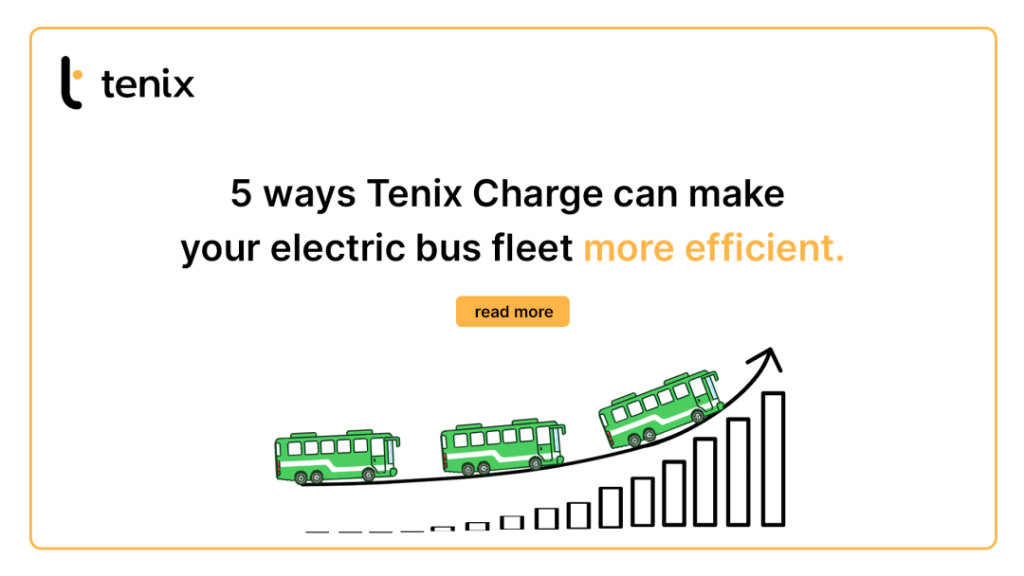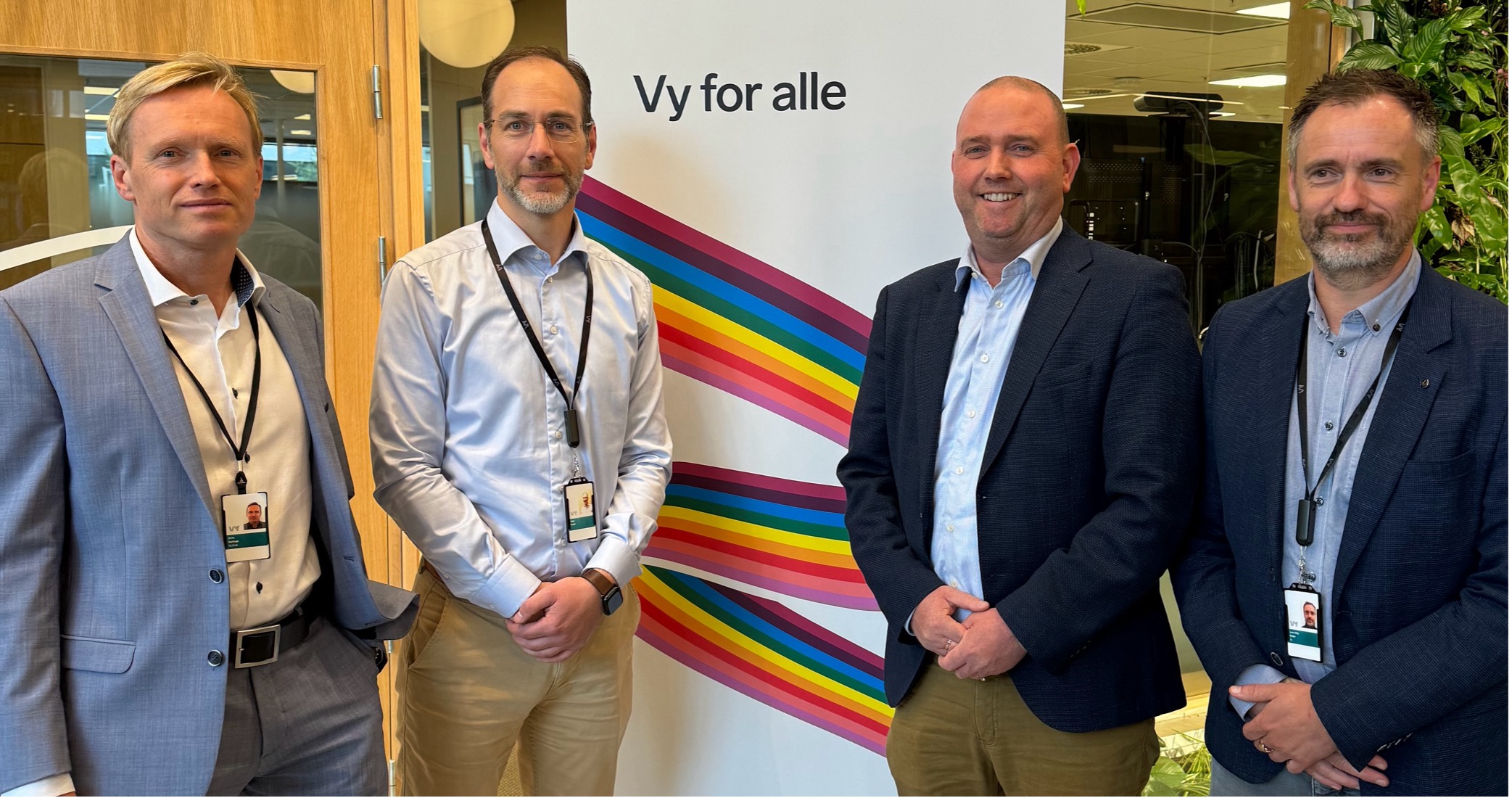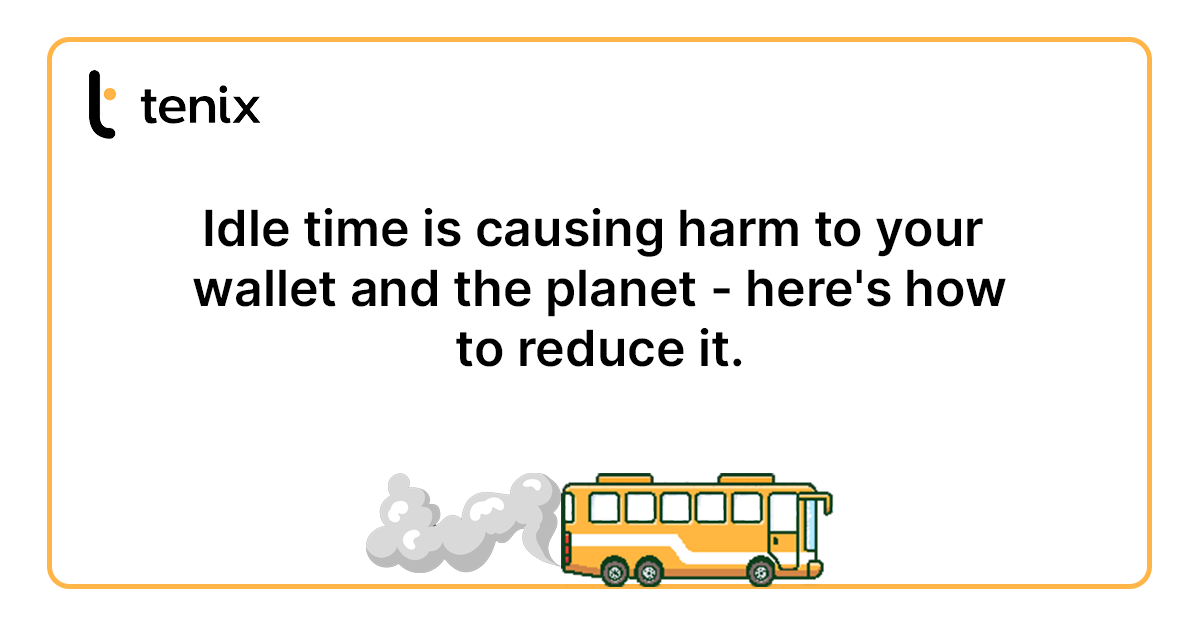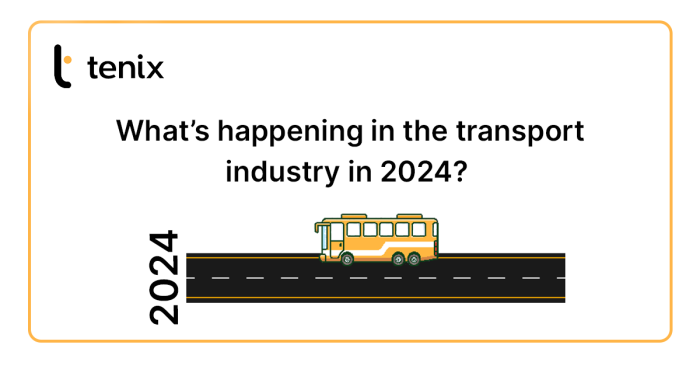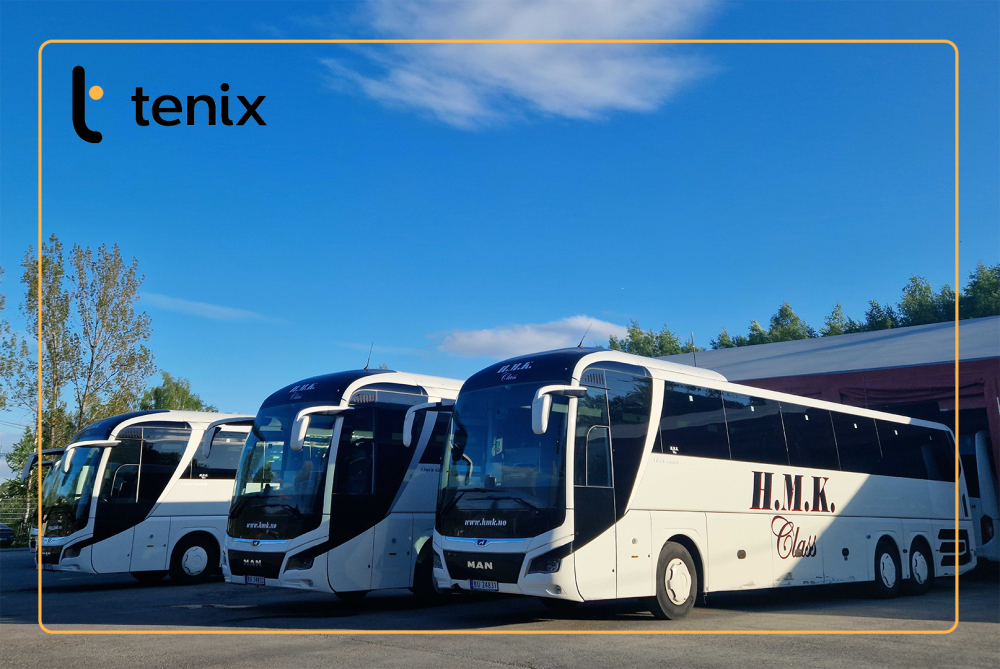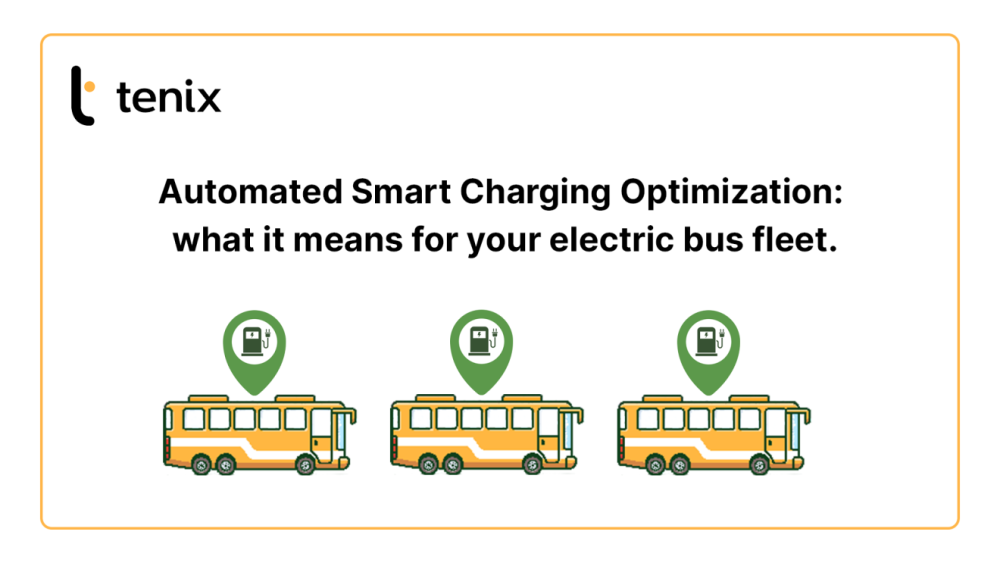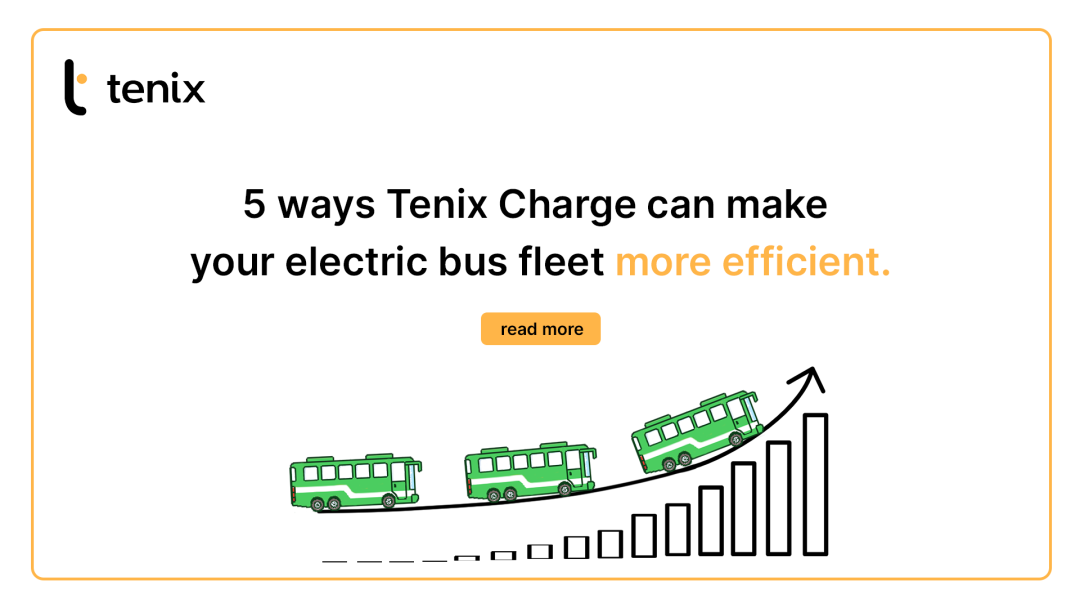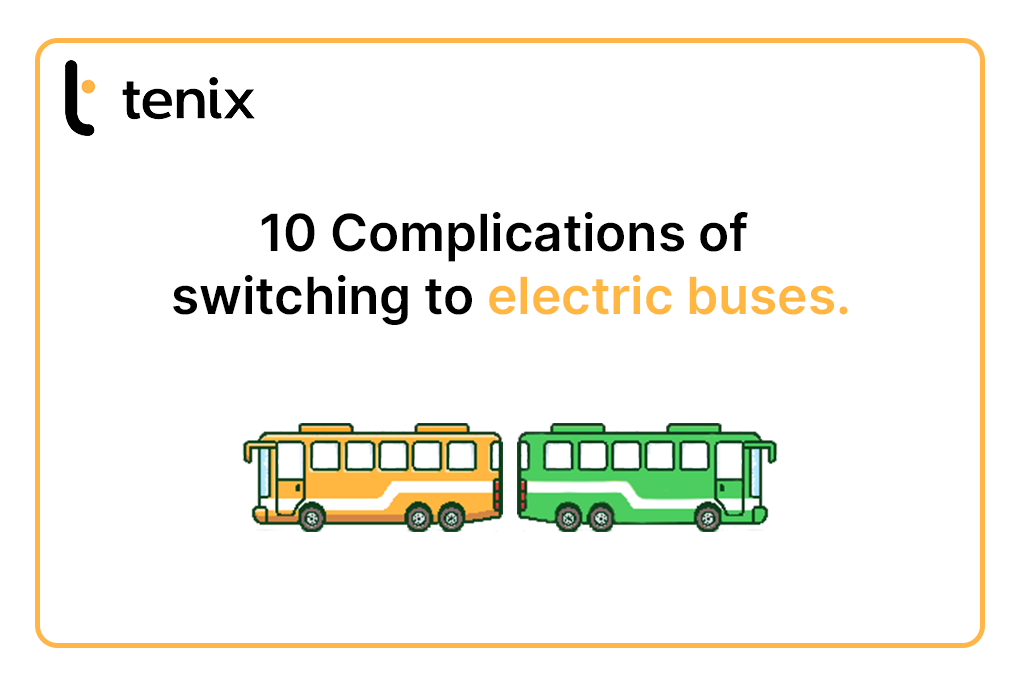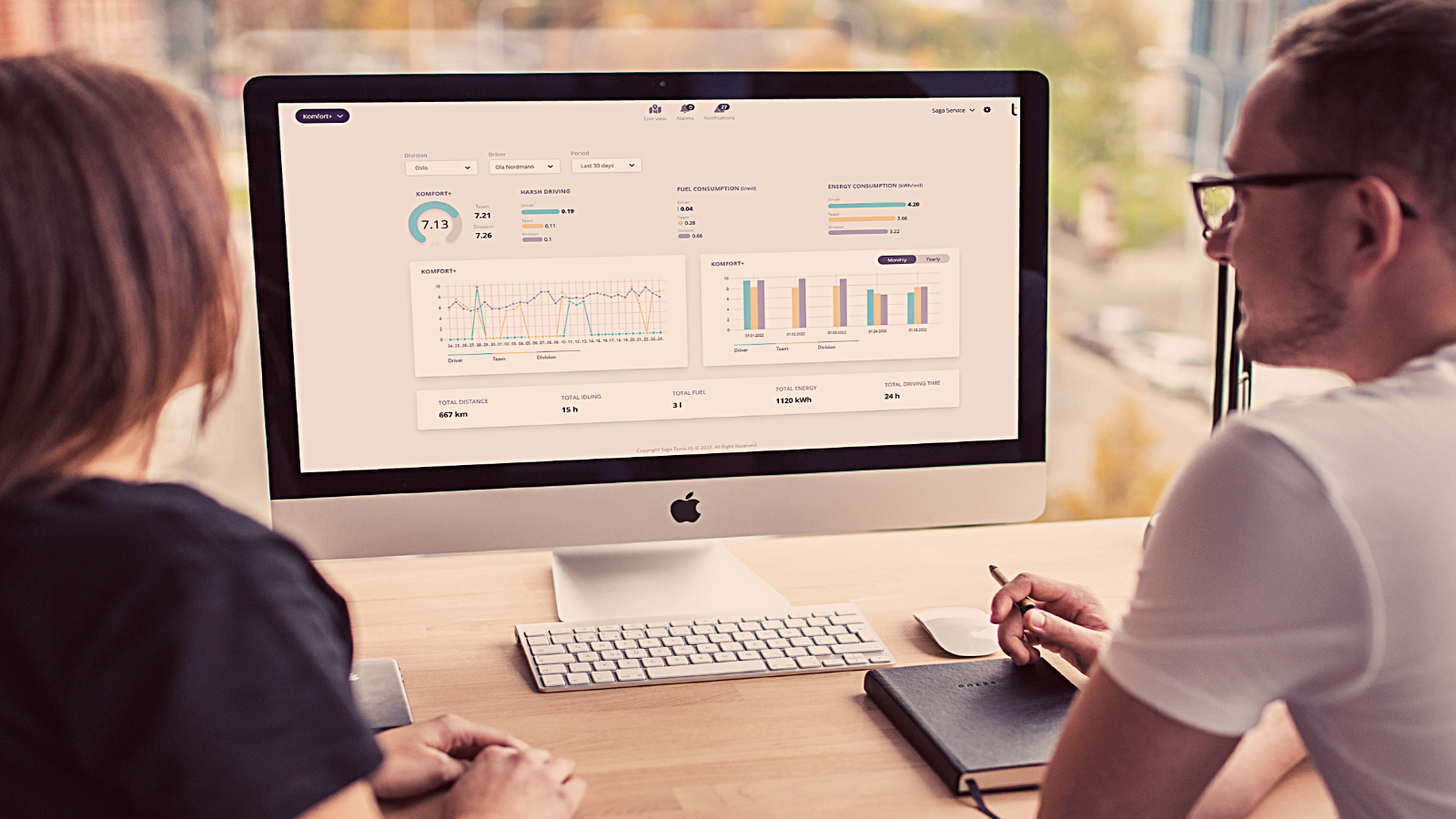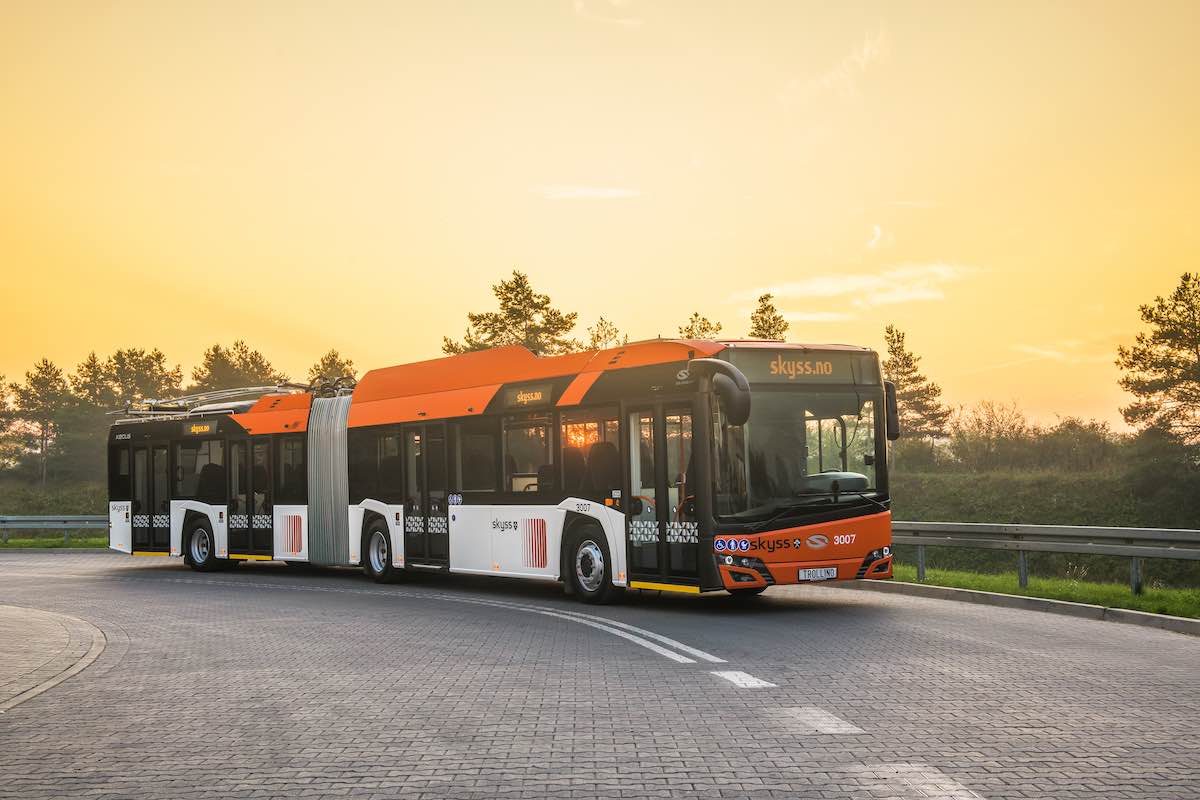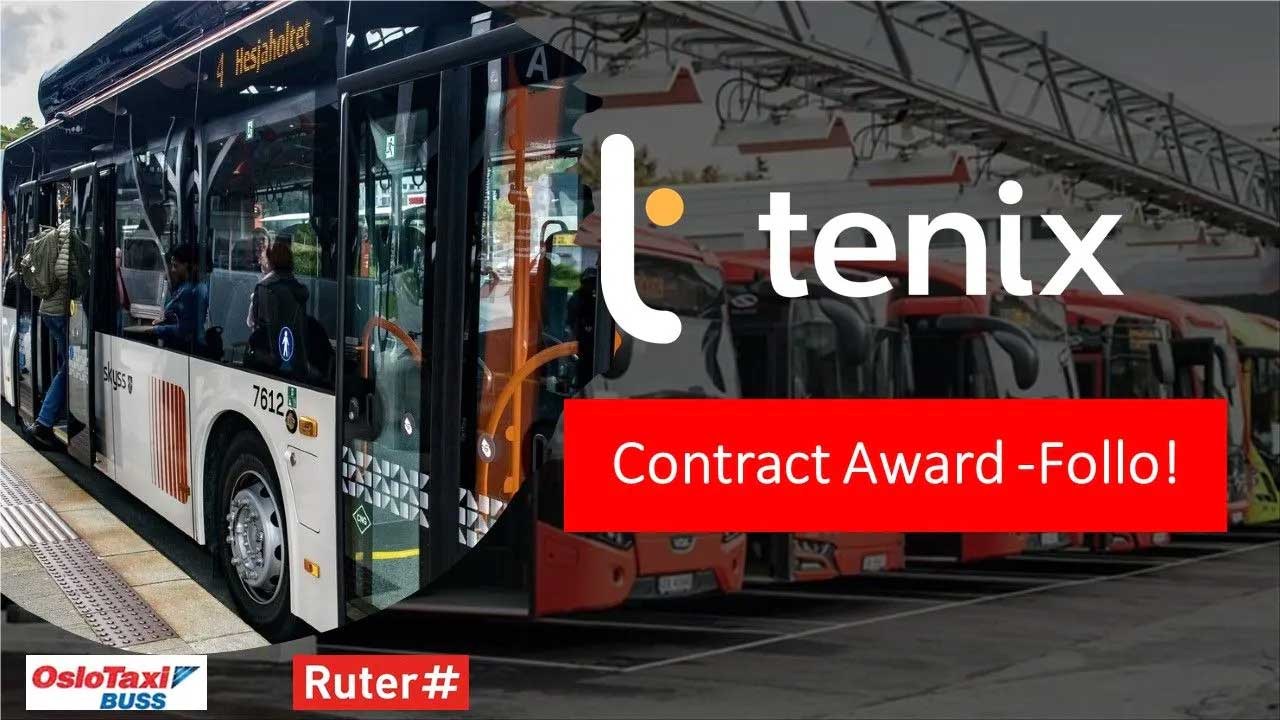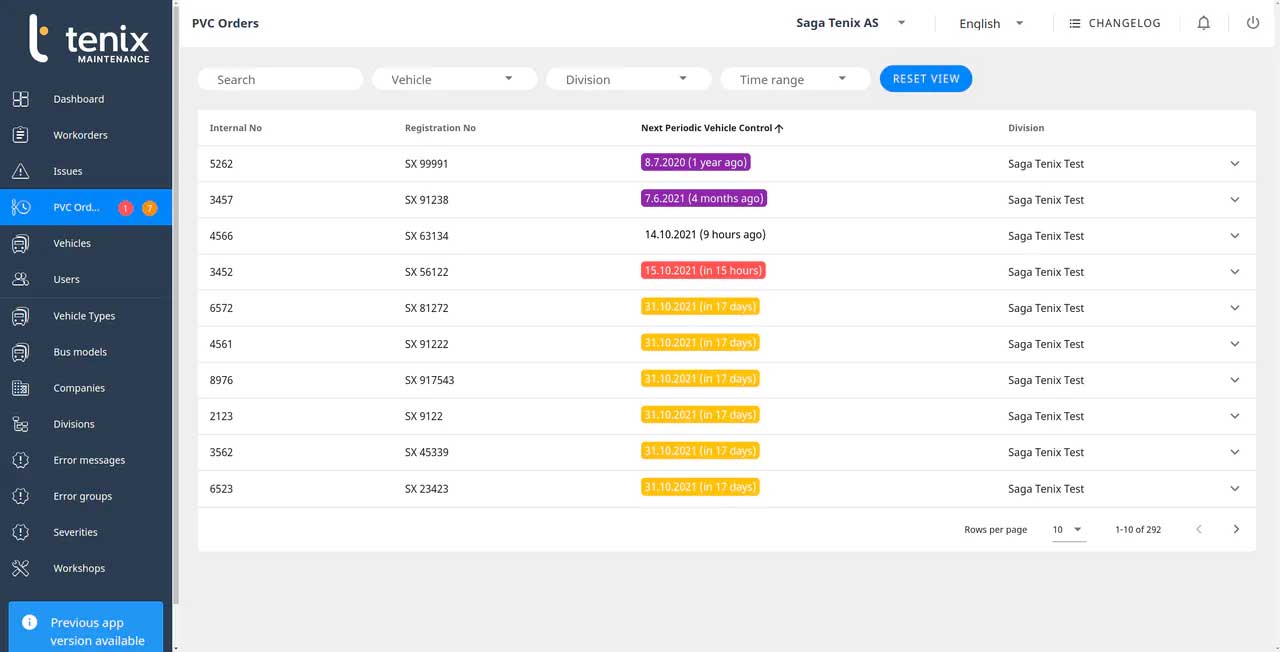For efficient operation of an electric bus fleet, it is important to collect data and insights about each step of the process. There are a lot more factors to bear in mind when using electric buses than with fuel buses; for instance, the charge levels, the weather and the reliability of the chargers. Ensuring that everything is accounted for and tracked will allow the bus fleet to run smoothly, on time and with a reduction of unexpected problems arising.
Tenix charge provides bus companies with valuable data and insights into their electric bus fleet, from charging infrastructure management and scheduling charging to power consumption. Here are 5 ways Tenix charge can make your electric bus fleet more efficient.
1. Charging success
Knowing whether a bus is charging successfully and correctly is extremely important. For most charging systems, the charger can be turned on from a scheduled time, or remotely, but with this comes the risk that the charger might not actually be working for one reason or another.
For most bus companies, setting a bus to charge for 4 hours in the night and coming to the depot to find it hasn’t charged would be a nightmare. Without having the fleet properly prepared, the bus schedule might have to be adjusted, or there could be delays. But with the ability to see whether the the bus is charging successfully, actions can be taken, such as resetting the system remotely, have someone at the depot move the bus to another charger or schedule maintenance for the broken charger. The insight into the charging success provides bus companies with the ability to plan and be prepared for any issues that may occur.
2. Level of charge
When transitioning to electric buses, understanding the range needed for each route is vital in ensuring that the schedule runs to plan, with as few delays as possible. This is a particularly important insight to monitor throughout the year, as the weather can affect the battery life of electric buses.
For instance, in a cold winter, electric buses will most likely need more charge than in spring. Knowing this and backing this up with data is key for planning ahead and ensuring that there are very few disruptions to the schedule of the buses. Being able to see the level of charge as buses are driving, and keeping track of that data over the course of a year, allows bus companies to build a graph to see how the levels of charge alter depending on different factors. This means that year over year, route scheduling and planning will become even more accurate.
3. Charging duration
For most bus companies, the routes that the buses travel on are standard, and have been driven for years, so it is easy to plan the schedule according to these. Taking charging time into account, however, makes scheduling different, and initially more complex.
The speed at which a bus charges is dependent on multiple factors, such as how low the battery is to begin with, what level the battery needs to be charged to, and how many other buses are charging at the same time. With such a huge reliance on power, it is smart for bus companies to plan ahead, so not all buses are charging at the same time, making it quicker to charge the ones that are a priority. By monitoring how long the bus fleet takes to charge, bus companies will have valuable data allowing for their schedules to be even more tightly and precisely planned in the future.
4. Remaining range
Range anxiety is the fear which comes with having an electric vehicle. It is the concern that the destination will not be reached with the amount of charge remaining in the vehicle. Electric buses are not exempt from this. If the schedule has not been as tightly planned as it should have been, a bus can be on route and rapidly running out of charge. Without a charging management system in place, this could mean chaos for customers and the bus company as no-one besides the driver would know.
Instead, with Tenix charge, an alarm can be set up to signal to the bus company that the charge is getting very low. In extreme cases, plans can be made to replace that bus with one with more charge, or in less serious cases, the data will help with scheduling the charge for that bus and route next time.
5. Cost of charging
In the current economic situation, finding ways to save money is important. Bus companies are no exception. With high power prices, charging can become extremely expensive, especially with a lot of vehicles charging at once. Having an insight into the cost of power at any given moment is incredibly useful information for bus companies to have. If they see that prices are often cheaper at night, then some buses can be charged at night instead, for instance.
Being able to set a limit to the price for the day could also be helpful for bus companies to ensure that they are under or on budget for the day, week or month.
For a lot of bus companies, electric buses are still fairly new, and can take a while to adjust to. With insights and detailed data, scheduling routes and charging times can be made more accurate, efficient and can also make running the buses more budget-friendly. By using Tenix charge, bus companies are able to manage their electric fleet easily, and with an overview of their bus fleet, any unexpected or unplanned events can often be acted upon quickly and with very little disruption to the schedule.
For any bus company, switching to electric buses, or already using electric buses, data is the key to a successful schedule. Read more about Tenix charge here.

